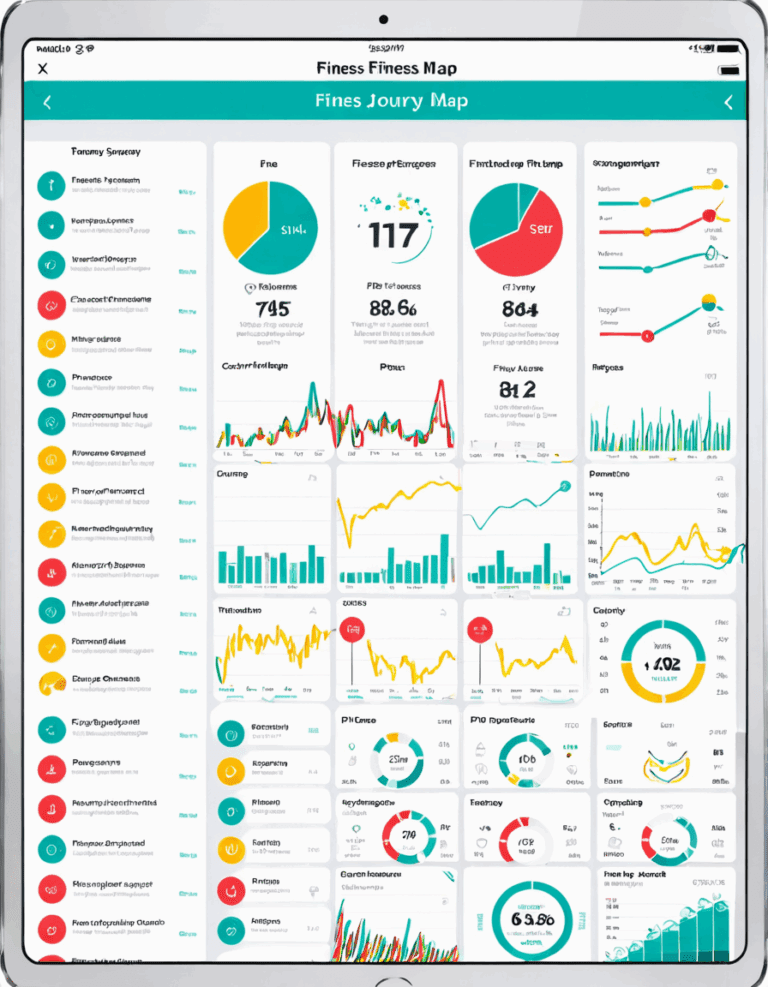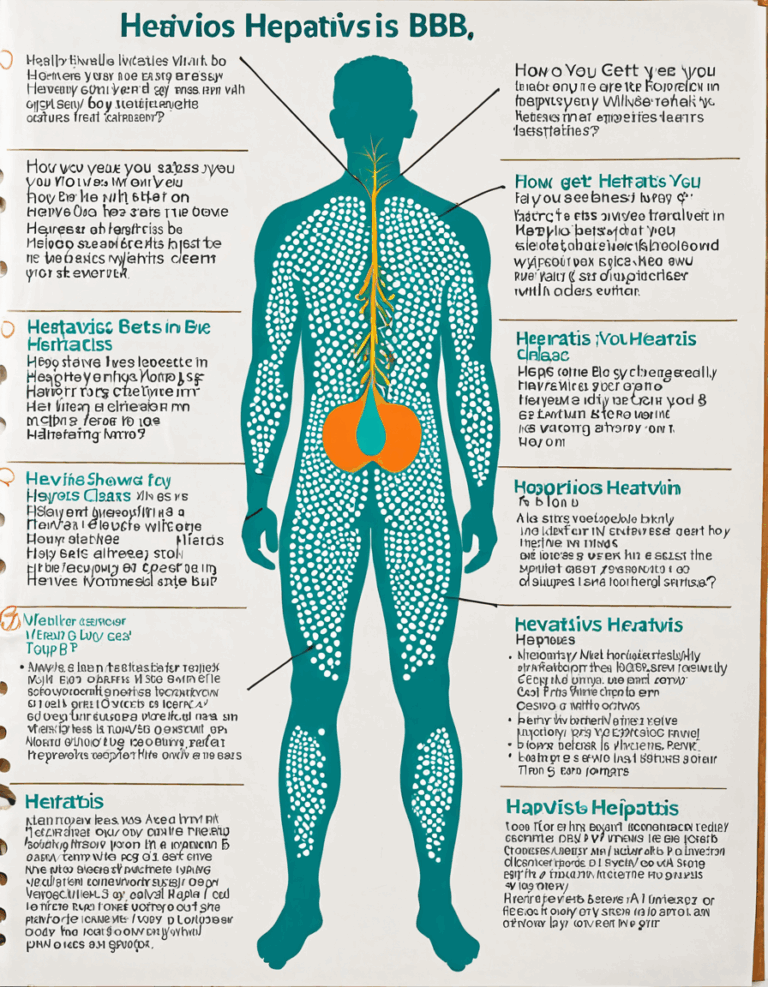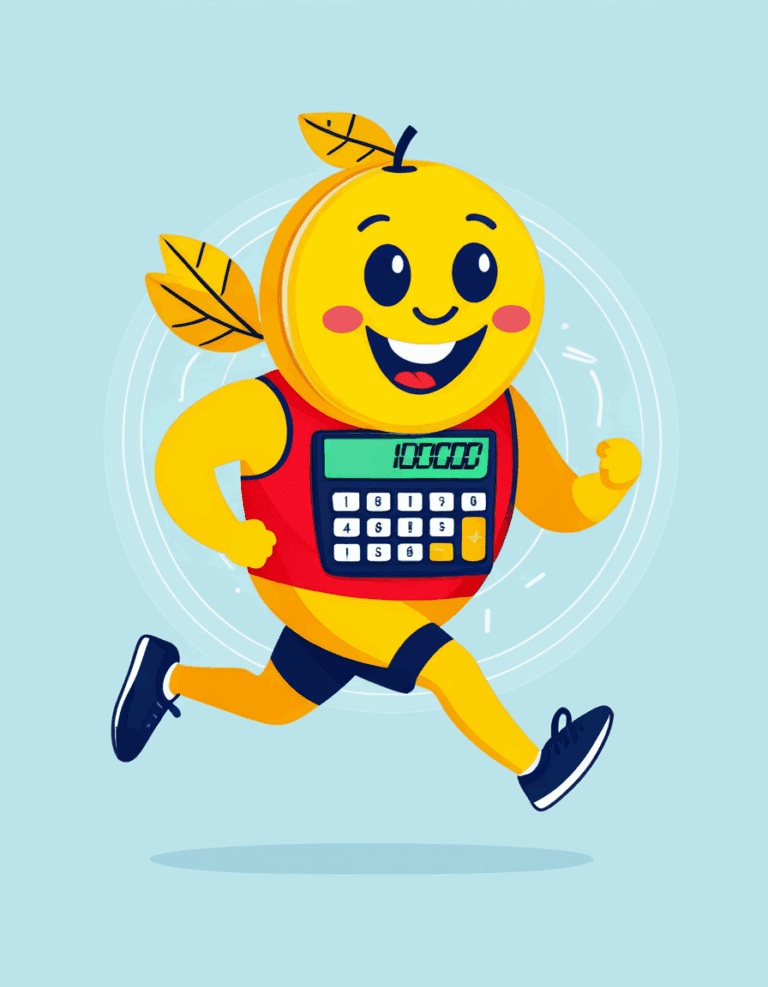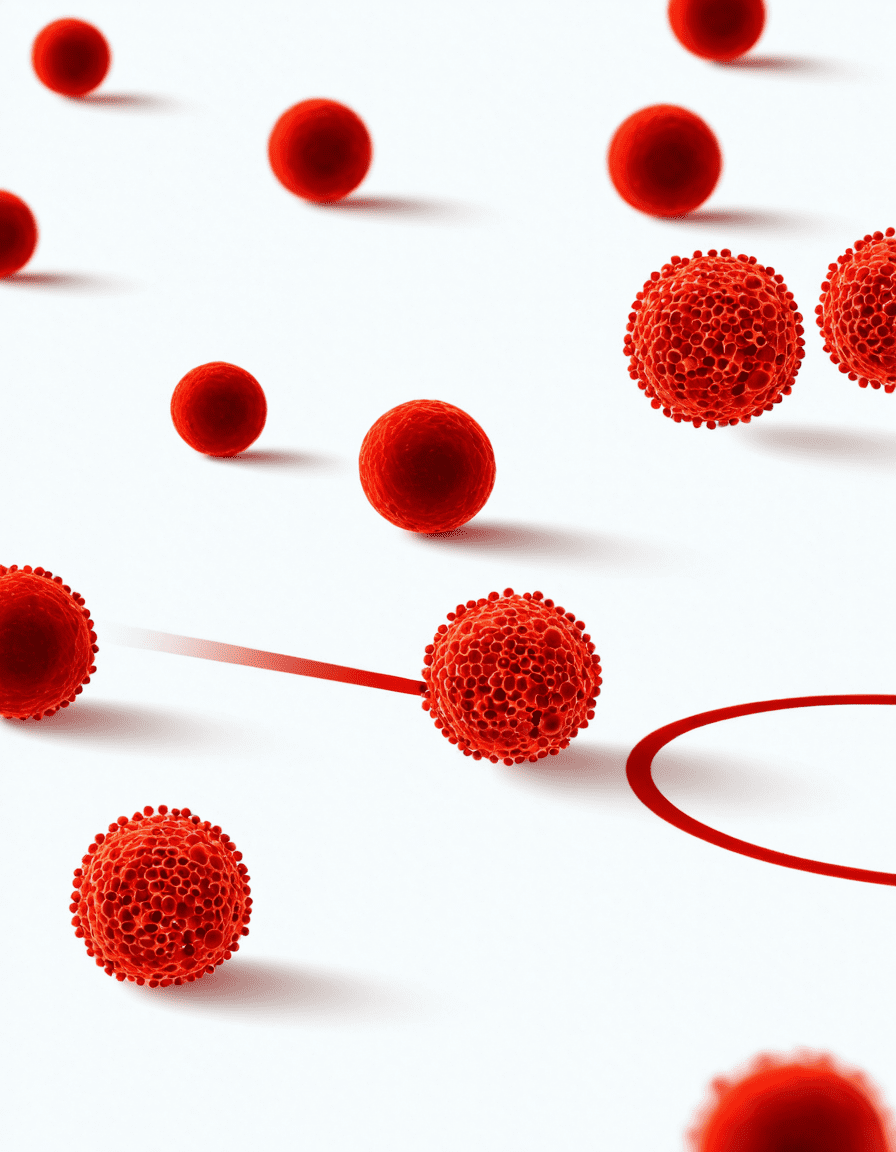Cannabinoid Hyperemesis Syndrome (CHS) is a condition that’s gaining attention – and for good reason. Many chronic cannabis users find themselves facing a bizarre cocktail of symptoms that can leave them feeling lost and desperate. CHS symptoms are a twisting maze of nausea, vomiting, and abdominal pain that often get mistaken for other ailments. It’s crucial for anyone who’s been a long-time cannabis user to recognize these distressing signs. Knowledge is power, my friends, and understanding CHS is the first step towards taking back your life.

Understanding CHS Symptoms: The Disturbing Reality for Patients
CHS is not just about feeling a little queasy after a night out; it’s a significant health issue. It usually begins after years of heavy cannabis use, and the first signs can sneak up on you like a thief in the night. Those initial CHS symptoms often include that dreaded upset stomach, abdominal discomfort, and the sickening feeling that you might throw up. Many individuals can still manage to eat without losing it, which complicates identifying whether they truly have CHS symptoms or if they’re dealing with something else.
The cycle of nausea and vomiting can lead to confusion, especially for users who might easily associate their symptoms with food poisoning or the flu. It’s like trying to solve a puzzle with missing pieces. If you suspect that cannabis is behind your symptoms, don’t dismiss it that easily. The world of CHS is a tangled web that needs untangling with great care.
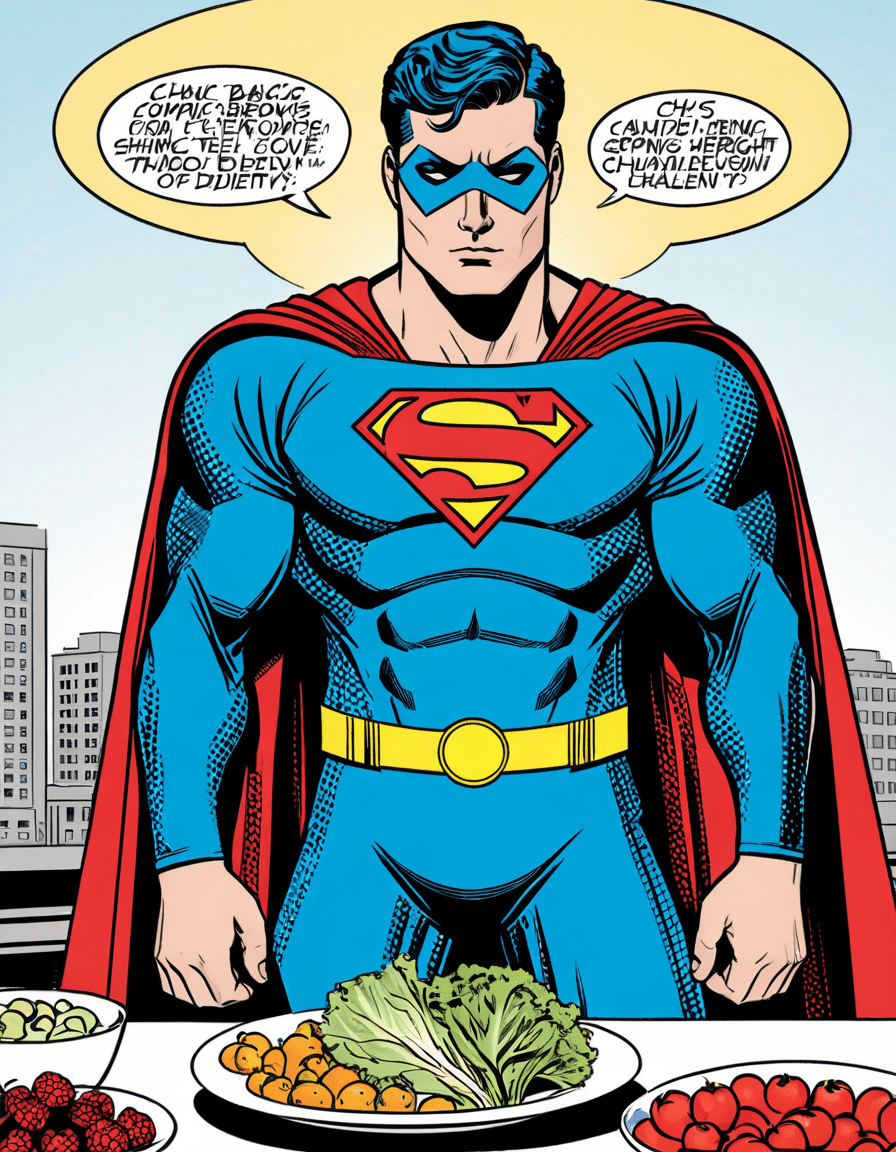
Top 7 Signs of CHS Symptoms You Must Recognize
So now, let’s break it down with the big seven signs of CHS symptoms:
Patients often report cycles of relentless vomiting throughout the day. It’s like a bad movie playing on repeat, and folks often mistake this for food poisoning or the flu. But here’s the kicker: it’s not.
Now, here’s something wild – many people say hot showers ease their nausea. This strange behavior sets CHS apart from other conditions and points toward a physiological reaction that’s not fully understood.
Living with CHS often means contending with discomfort or severe cramping. This can mislead many to seek help for what they assume is a classic gastrointestinal issue, but it’s often tied back to cannabis use.
With persistent nausea and vomiting, significant weight loss can be another alarming sign. It’s essential to keep a close eye on this because rapid weight loss can lead to more serious health concerns down the line.
Throwing up day in and day out can wreak havoc on hydration levels and throw your electrolytes out of whack. In many cases, patients need IV fluids to get back on their feet.
Here’s the real kicker: symptoms often return or worsen when cannabis use continues. Many users find themselves stuck in a maddening loop of consumption and distress, which can be tough to break.
Understanding how CHS symptoms differ from other ailments like Mast Cell Activation Syndrome (MCAS), strep throat, and RSV is crucial. MCAS can also have gastrointestinal symptoms, but it usually includes allergic reactions, while strep often presents with a sore throat. Knowing these nuances can lead to proper diagnosis and effective treatment.
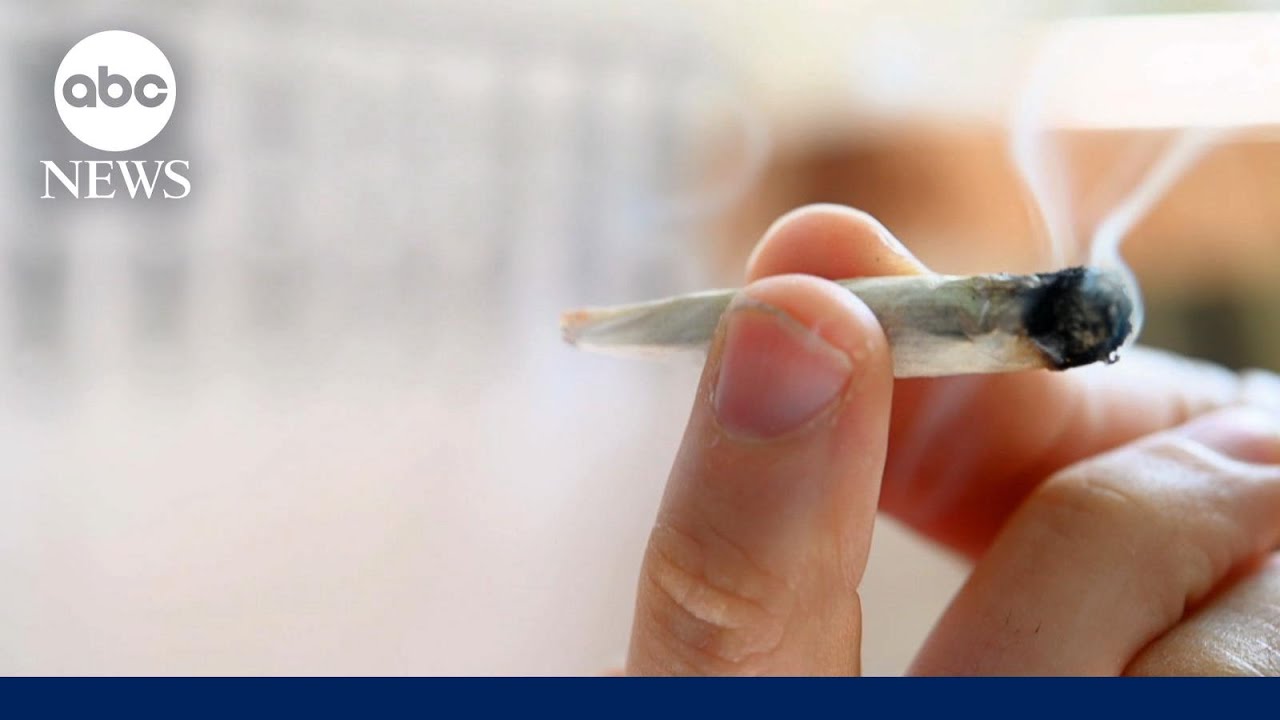
Examining the Overlap: CHS Symptoms and Other Related Conditions
Let’s dive deeper into how CHS symptoms compare with MCAS symptoms, strep symptoms, and symptoms of RSV. Vomiting is a key player in CHS, but you won’t find it in strep throat or RSV cases. Yes, MCAS can cause gastrointestinal distress; however, you’ll often see skin reactions accompanying it. Our understanding of these differences can lead to smarter patient care and targeted treatment plans.
The overlap in symptoms can confuse even seasoned healthcare professionals. For instance, strep throat, with its classic sore throat and fever, doesn’t mesh with the relentless vomiting of CHS. Knowing the differences can help you provide the right information to your doctor, steering them in the right direction for proper treatment.

The Science Behind the Symptoms: Research and Implications
As science continues to peel back the layers of CHS, intriguing research is emerging. It appears there’s a connection between the endocannabinoid system and the hyperemesis symptoms. These studies might reshape how we think about cannabis and long-term use. As we dig deeper into cannabinoid receptor interactions, our approach to treating chronic users must evolve in tandem.
Current treatment options often leave patients in a bind, frustrated and searching for solutions that remain just out of reach. The nuances of CHS demand more attention from the medical community. As researchers dive deeper into CHS, we can hope for specialized protocols that truly address the core issues rather than side-stepping the problem.

Final Thoughts: The Future of Understanding CHS Symptoms
As marijuana use continues to rise in popularity, so must our understanding of conditions like CHS. Increased awareness is absolutely vital. Equipping both users and medical professionals with the right knowledge can make all the difference in addressing symptoms effectively. While we face challenges ahead, bright prospects emerge as we work together to understand the intricacies of CHS symptoms.
Armed with this knowledge, take control of your health journey! Should you or someone you know begin to exhibit CHS symptoms, it’s crucial to act swiftly. Remember, the recovery phase starts when you halt cannabis use. For many, relief could be just a day or two away, but symptoms can take months to fully vanish. Understanding what’s going on in your body is the first step; now step on the gas and reclaim your life!
Stay informed, share your experiences, and recognize that you’re not alone on this journey. The future holds promise for better awareness, research, and treatment, paving the way to a healthier, more balanced life.
Discover more as we delve into vital heath topics like The average age Of menopause or decode important terms like douche meaning. Stay tuned for more insights!
CHS Symptoms: Discover The Disturbing Signs You Must Know
Unraveling the Mystery of CHS Symptoms
Cannabinoid Hyperemesis Syndrome (CHS) is a puzzling condition that can hit cannabis users hard, often catching them off guard. It’s characterized by severe nausea and vomiting, leading to cycles of retching that can drive anyone mad. If you’ve ever felt like you were trapped in a loop of discomfort, you might relate to those experiencing CHS symptoms. Surprisingly, this condition was first recognized in 2004, and while many users find solace in cannabis for various ailments, this particular side effect is starting to get the attention it deserves. Just like the character Lady Tsunade, who faced her battles head-on, understanding CHS can feel like a daunting fight.
Signs You Shouldn’t Ignore
One of the shocking trivia pieces about CHS symptoms is that they usually set in after long-term cannabis use. Some users might think they’re dealing with just typical nausea. It’s a bit like thinking your baby boy is only going through a phase when he might actually need attention. The vomit and abdominal pain associated with CHS can drive individuals to hot showers as a form of relief, mimicking the soothing properties of heat. This isn’t just a quirky reaction; it’s a true hallmark of the syndrome. People often wonder how to navigate the confusing waters of this condition. Understanding your body and its responses can be incredibly empowering.
Even more alarming is the fact that many might misconstrue their symptoms with familiar ailments, making diagnosis tricky. It takes a trained eye to spot CHS among the crowd of gastrointestinal disorders. Knowing the fluke meaning behind this phenomenon could save someone a lot of unnecessary distress. On that note, you mustn’t hesitate to seek advice if you think you’re experiencing these symptoms — your health comes first.
Taking Charge of Your Health
Many users mistakenly believe that abstaining temporarily will eliminate CHS symptoms. While that can help, it’s crucial to learn long-term strategies to manage this condition. Think of it as navigating through the academic maze, much like a masteryconnect student tackling a challenging curriculum. By adjusting lifestyle choices, including food and hydration, you might find a balance. For those in the thick of it, sharing information — like how to share wifi password effectively — can also ease the burdens that come with CHS. Remember, you’re not alone in this fight, and a little knowledge can go a long way to help those around you understand the seriousness of CHS symptoms.

What does the beginning of CHS feel like?
The beginning of CHS usually feels like an upset stomach, with symptoms such as abdominal pain and nausea. You might feel queasy, and sometimes it may feel like you’re on the verge of throwing up, though many can still manage to eat.
Can CHS ever go away?
Yes, CHS can go away once you stop using marijuana. Most symptoms start to improve within a few days, and they typically disappear fully within a few months, unless you start using again.
What are the three stages of CHS?
CHS is often divided into three stages: the prodromal phase, where you experience nausea and discomfort; the hyperemetic phase, which involves severe vomiting; and finally, the recovery phase, where symptoms begin to fade.
What is the best way to cure CHS?
The best way to cure CHS is to stop using marijuana. Avoiding cannabis will help your body recover, and symptoms should gradually improve over time if you stay away from it.
How do I know if I actually have CHS?
To know if you have CHS, look for longstanding marijuana use combined with persistent nausea, vomiting, and abdominal pain. If these symptoms resonate with your experience, it might be worth consulting with a healthcare professional.
What gets mistaken for CHS?
Some conditions, like gastritis or stomach infections, can be mistaken for CHS. Their symptoms may be similar, but they won’t have the same link to marijuana use.
Does CHS come in waves?
Yes, CHS symptoms can come in waves, where you might feel sick at times and then have periods where you feel somewhat normal. This cyclical nature is part of the condition’s pattern.
Is CHS related to anxiety?
While CHS isn’t directly caused by anxiety, anxiety can sometimes exacerbate the symptoms. Many people experiencing chronic illness can feel anxious about their condition.
Do I have CVS or CHS?
Differentiating between CVS (Cyclic Vomiting Syndrome) and CHS can be tough, but CVS typically occurs in children and doesn’t have a direct link to marijuana use, while CHS is associated with long-term cannabis consumption.
What triggers CHS episodes?
Triggers for CHS episodes can include certain foods, stress, or even dehydration, but the main trigger is typically cannabis use itself.
Can CHS be mistaken for pancreatitis?
Yes, CHS can sometimes be mistaken for pancreatitis since both can cause severe abdominal pain and vomiting. However, pancreatitis usually has its own distinct markers.
Can I smoke CBD if I have CHS?
It’s generally not advisable to smoke CBD if you have CHS, as it can still activate the same receptors that THC does and may not help with your symptoms.
What drinks help with CHS?
Drinks that help with CHS may include clear fluids like water, ginger tea, or electrolyte solutions, as they can help with hydration and may ease nausea.
Why do hot showers help with CHS?
Hot showers can provide relief for CHS due to the heat’s pain-relieving properties. The warmth can help relax the stomach muscles and soothe cravings or nausea.
What is the best cream for CHS?
There isn’t a specific cream for CHS, as treatment focuses more on managing symptoms. However, topical treatments might help alleviate some discomfort related to muscle tension.
What are the four phases of cyclic vomiting syndrome?
Cyclic Vomiting Syndrome is typically explained in four phases: the prodromal phase, the vomiting phase, a recovery phase, and a symptom-free phase, while these phases can vary in duration.
What kind of pain does CHS cause?
CHS usually causes abdominal pain that can be quite severe. The discomfort is often located in the stomach area and could feel crampy or sharp.
How long does it take to feel normal after CHS?
It can take anywhere from a few days to a few months to feel normal after CHS, depending on individual recovery and how long marijuana use persisted before stopping.

